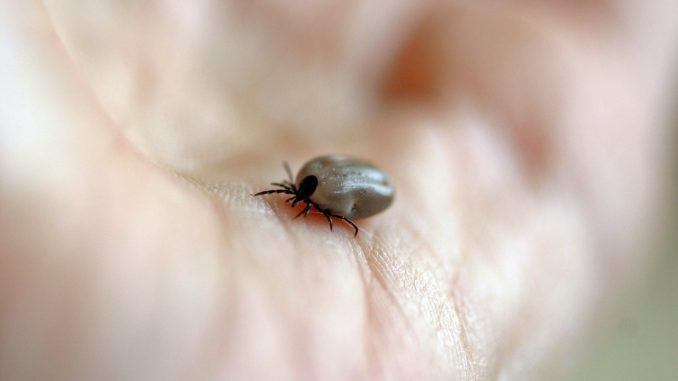
New research shows that cases of Lyme disease could top 8,000 this year
New cases of tick-borne Lyme disease in the UK may be three times higher than previous estimates suggest, and might top 8,000 in 2019, based on these figures, according to research published in the BMJ Open.
Lyme disease is a bacterial infection passed on through the bite of an infected tick. It has become the most common tick-borne infection in many parts of Europe and the USA.
Early signs may include a rash around the area of the bite, with flu-like and/or neurological symptoms, but symptoms can vary or not be apparent. Without prompt antibiotic treatment, however, permanent joint and/or nerve damage is a risk.
Higher incidence rates of Lyme disease in neighbouring countries have prompted fears that current estimates of the annual number of new cases in the UK (2,000 to 3,000), which are based on laboratory data for England and Wales, might be too low.
To explore this further, a team of researchers drew on anonymised medical information submitted by family doctors to the nationally representative Clinical Practice Research Datalink (CPRD) between 2001 and 2012.
This database covers around 8.4 million people from 658 general practices, equivalent to around eight per cent of the UK population.
The researchers categorised diagnoses of Lyme disease as those that had been diagnosed clinically (1702; 42%), or suspected and treated (1913; 47%), or considered possible and treated (468; 11%).
One in five of those treated were in their 40s, with similar proportions in their 50s (just over 18%) and 60s (just over 17%), and around half the cases were among women and girls (53%). Half the cases occurred in the summer.
Scotland had the highest number of Lyme disease cases, with more than one in four (1104; 27%), possibly because of its wetter climate and popularity as a hiking destination, suggest the researchers.
It was closely followed by South Central (735;18%) and South West England (636;15.6%). But all regions/countries of the UK were affected.
The annual total number of cases recorded in the CPRD increased from 60 in 2001 to 595 in 2012, giving rise to a UK estimate of 7738 cases in 2012.
The estimated annual incidence rate in 2012 was 12.1 cases per 100,000 of the population. But the average estimate between 2010 and 2012 varied widely, ranging from 6/100,000 of the population in Wales to 37.3/100,000 in Scotland.
The figure for 2012 is around three times higher than previous estimates have suggested, and if these trends continue, the number of new UK cases could top 8000 in 2019, say the researchers.
To stave off infection risk, it is advisable to: avoid dense vegetation, particularly wooded or grassy areas in moist and humid environments, use insect repellent on skin and clothing, tuck trousers into socks. Also, search the body for ticks after hiking in high risk areas, they write.
This study is observational, and the data on which it is based have their limitations.
Nevertheless, the findings point to the need for further preventive measures, say the researchers, who conclude that: “Greater awareness of the risks may also lead to more rapid diagnosis and treatment which is important to prevent long term morbidity.”
Don’t forget to follow us on Twitter, or connect with us on LinkedIn!

Be the first to comment